How Many Types Of Lakes Are There?
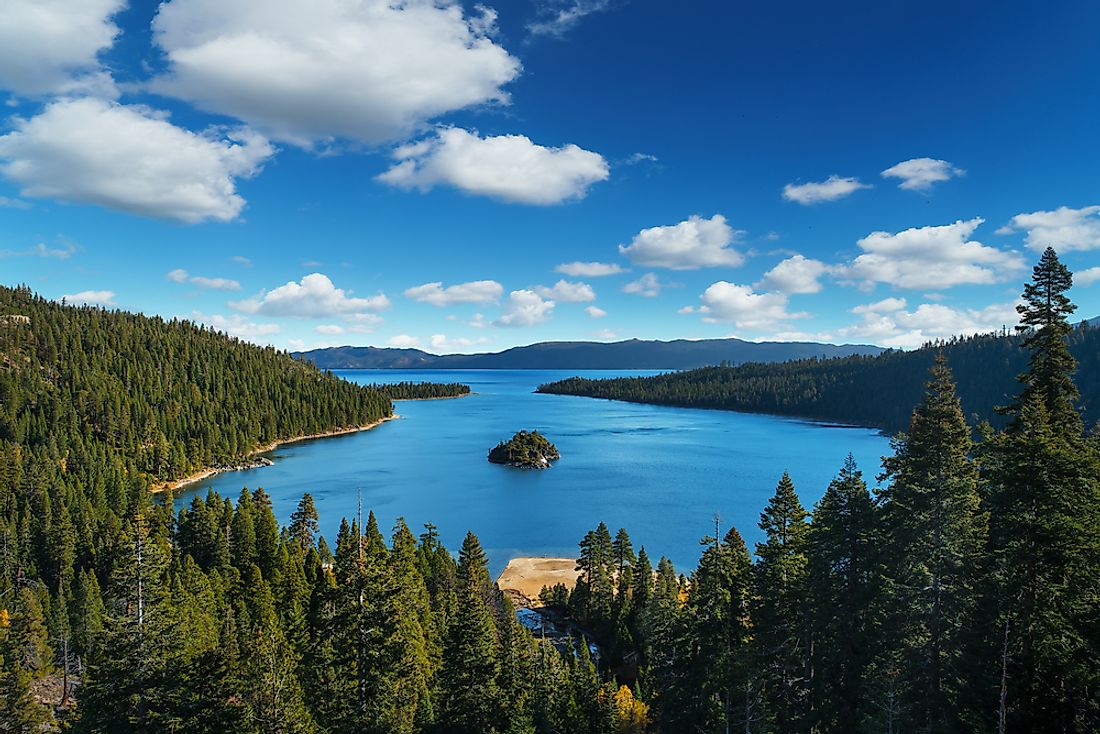
Lakes are classified into various types based on their origin or mode of formation. Here is a description of these different types of lakes:
11. Organic lakes
Organic lakes are formed by the action of flora or fauna. These lakes are relatively small in size and quite rare in occurrence. An example of an organic lake is a reservoir created by the damming of a river by the action of beavers. Coral lakes or dams created by vegetative growth also lead to the formation of organic lakes.
10. Volcanic lakes
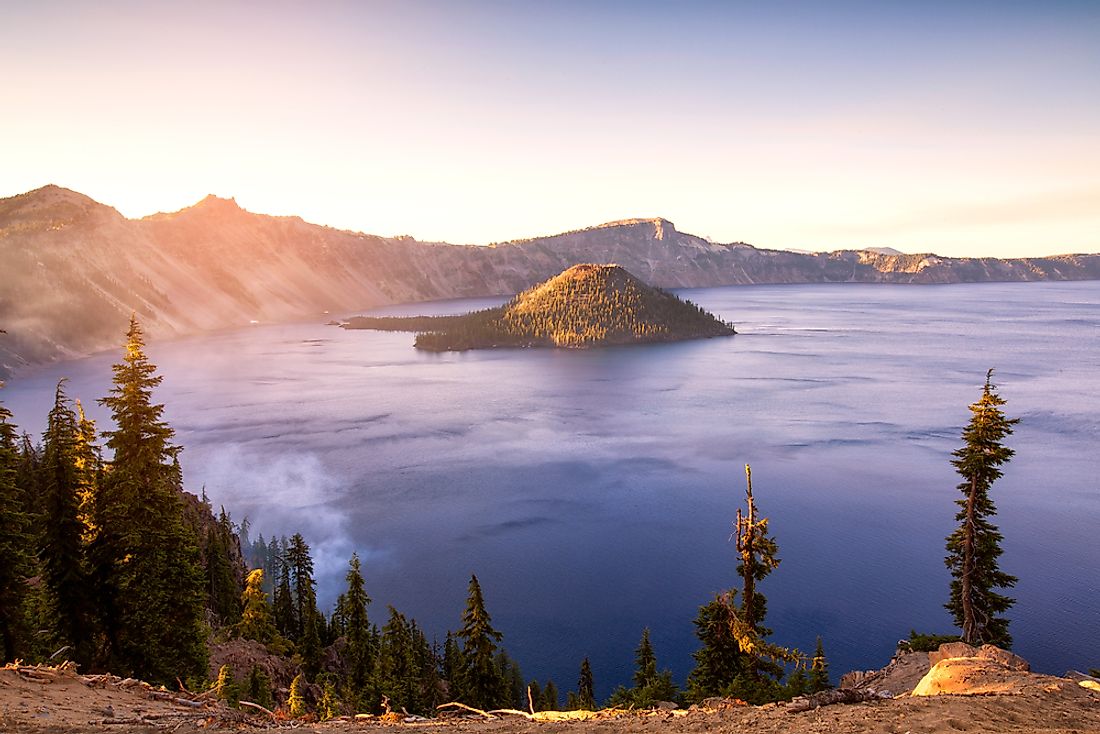
Lakes with a volcanic origin are known as volcanic lakes. These lakes are usually formed in volcanic calderas or craters or when lahars or lava flows interrupt the flow of a river or stream. Volcanic lakes are formed in volcanic craters or calderas when the rate of precipitation is higher than the rate of loss of water via evaporation or drainage through an outlet. An example of a lake formed in a caldera is the Crater Lake which is present within Mount Mazama’s caldera in Oregon, USA. The Malheur Lake in Oregon is an example of a volcanic lake that was formed by the damming of a river, the Malheur River, by lava flow.
9. Glacial lakes
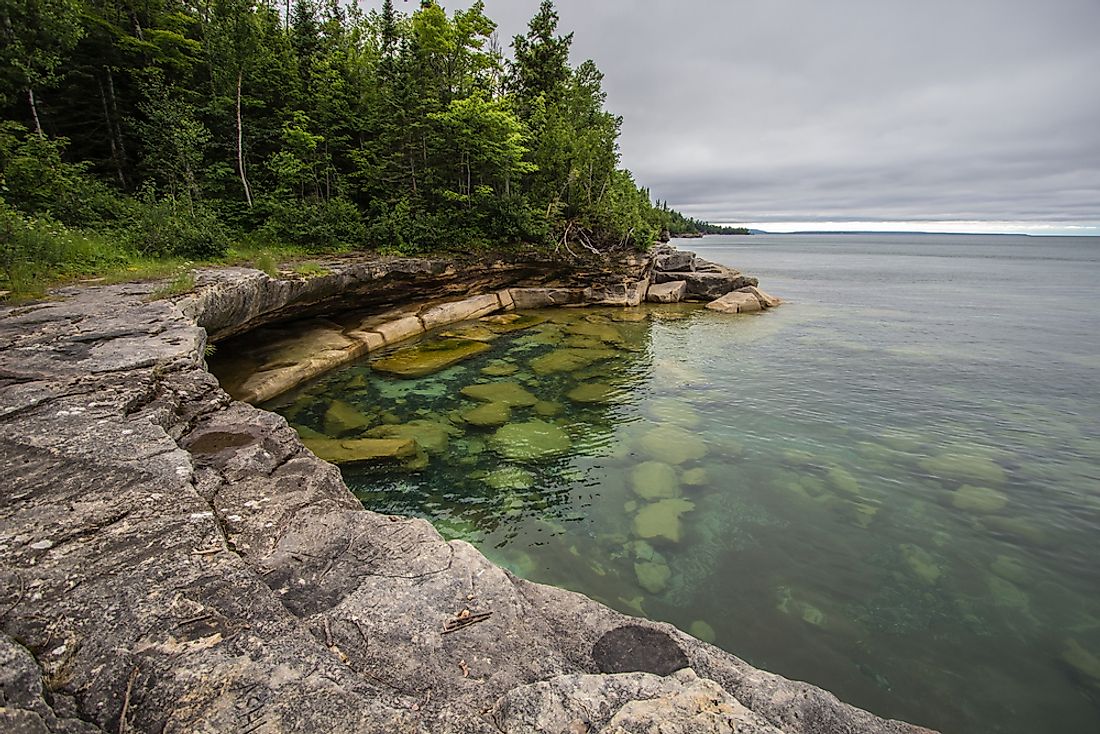
Glacial lakes are formed from a melted glacier. As glaciers flow down, the erosive action of the glaciers often creates natural depressions in the bedrock below the glaciers. When the glaciers recede like during the end of the last glacial period about 10,000 years ago, patches of ice in the depression on bedrock created by glacial erosion are left behind. Once the ice in these depressions melts, glacial lakes are created. Glacial lakes are quite common and most of North America’s and Europe’s lakes have a glacial origin. The Great Lakes of North America and the lakes of England’s Lake District are all examples of glacial lakes.
8. Tectonic lakes
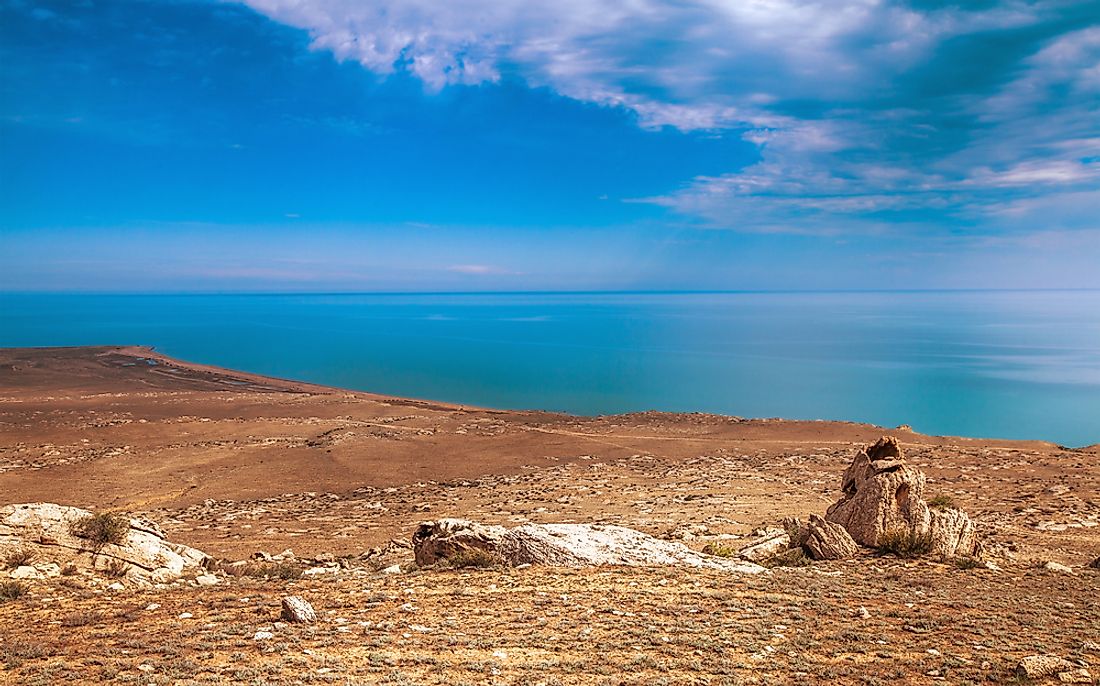
Tectonic lakes often result in the formation of some of the deepest and largest lakes in the world. As the name suggests, such lakes are formed by the tectonic movements of the Earth’s crust like tilting, folding, faulting, etc. Lake Baikal, the Caspian Sea, and the Sea of Aral are some of the examples of tectonic lakes.
7. Fluvial lakes
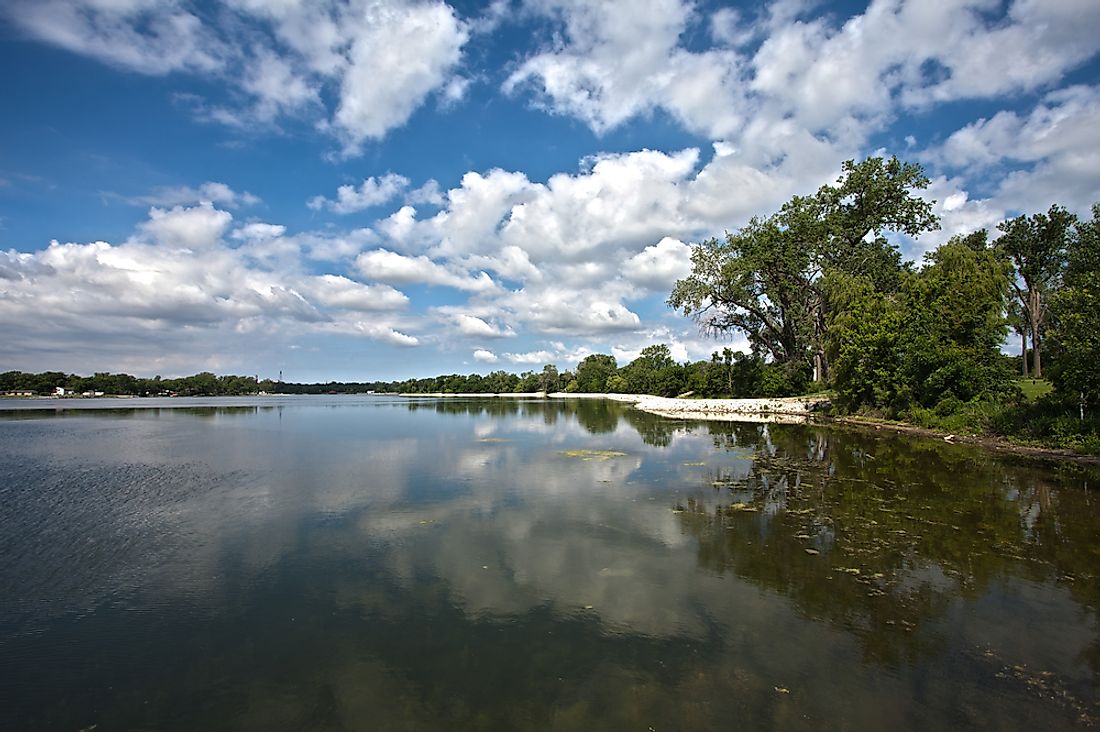
The flow of a river is usually not straight but the river bends and meanders throughout its course due to the uneven and non-uniform topography of the land. As the river flows, a number of lakes are formed by the running water and are called the fluvial lakes. The oxbow lake is a classic example of a fluvial lake. Carter Lake in Iowa, US, is an example of an oxbow lake.
6. Landslide lakes
Landslide lakes are created when a river is naturally dammed by the deposition of debris resulting from a rock avalanche, landslide, mudflow, or volcanic eruption. Earthquakes and volcanic eruptions often lead to the formation of such lakes. These lakes are also known as debris dams or barrier lakes. Landslides triggered by earthquakes or heavy rainfall are the most common cause of formation of a landslide lake (about 84% of such lakes result from this cause). Volcanic eruptions are responsible for the formation of 7% of lakes of this type. Landslide lakes usually do not last for long as they are of a rather ‘loose nature.’ Often flooding with a high number of casualties is the end consequence. Floods originating from landslide dams result in either backflooding during the time of formation of the lake or downstream flooding at the time of failure. The Usoi Dam located in Tajikistan is a landslide dam triggered by an earthquake, the highest known of its kind.
5. Solution lakes
A solution lake is formed when the bedrock is soluble and the dissolution of the bedrock by precipitation and percolating water results in the formation of hollows or cavities that can give birth to a lake. The accumulation of precipitation in the cavity can fill it up to create a lake. Also, if the soluble bedrock collapses to form sinkholes in a region where ground water is close to the surface then the water can fill up the sinkhole creating a solution lake. Such lakes are common in areas with karst topography. Solution lakes are found in many parts of Florida and Croatia’s Dalmatian coast.
4. Aeolian lakes
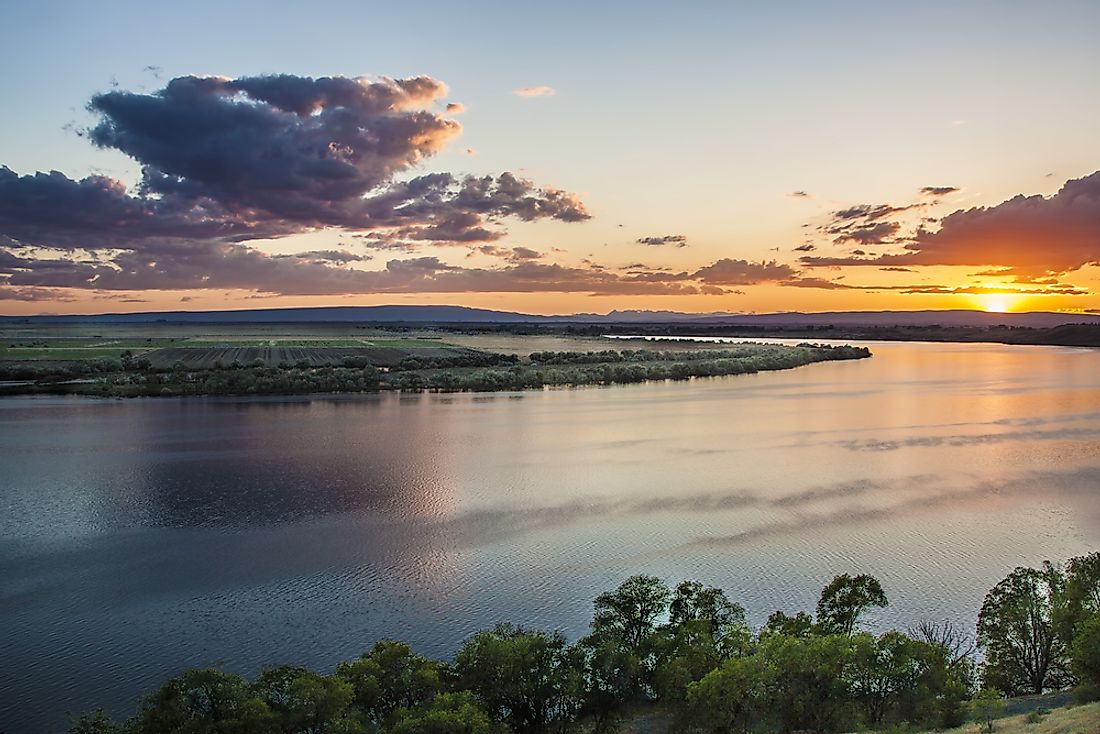
Lakes produced as a result of the action of winds are called aeolian lakes. Such lakes are usually formed in arid environments where layers of wind-blown sand act as a natural dam in a lake basin, giving birth to an aeolian lake. Such lakes are also formed due to the accumulation of water via precipitation in the cavity between two sand dunes. Such lakes are called interdunal lakes. An example of an aeolian lake is Moses Lake in Washington, US.
3. Shoreline lakes
Shoreline lakes are formed along the coastline or between islands and mainland mainly due to the deposition of sediments by rivers, wave action or ocean currents that result in the creation of a water body separated from a larger water body by such deposits. For examples, when estuaries are blocked or beach ridges grow by the action of sea currents, shoreline lakes are created. Similarly, the meeting of two spits dividing a larger lake results in a shoreline lake. Also, when two spits or tombolos connect the island to the mainland, the lake that is formed in between the two spits or tombolos is also a shoreline lake.
2. Anthropogenic lakes
Such lakes are created as a direct or indirect result of human activities. The most common origin of anthropogenic lakes is the creation of reservoirs by damming a river or stream. Such reservoir lakes serve several purposes like the generation of hydroelectricity, storage of water for future needs, pisciculture, etc. Often, sites excavated by people are left abandoned and are filled up with water from underground aquifers or precipitation, resulting in the formation of man-made lakes.
1. Meteorite (extraterrestrial impact/ crater) lake
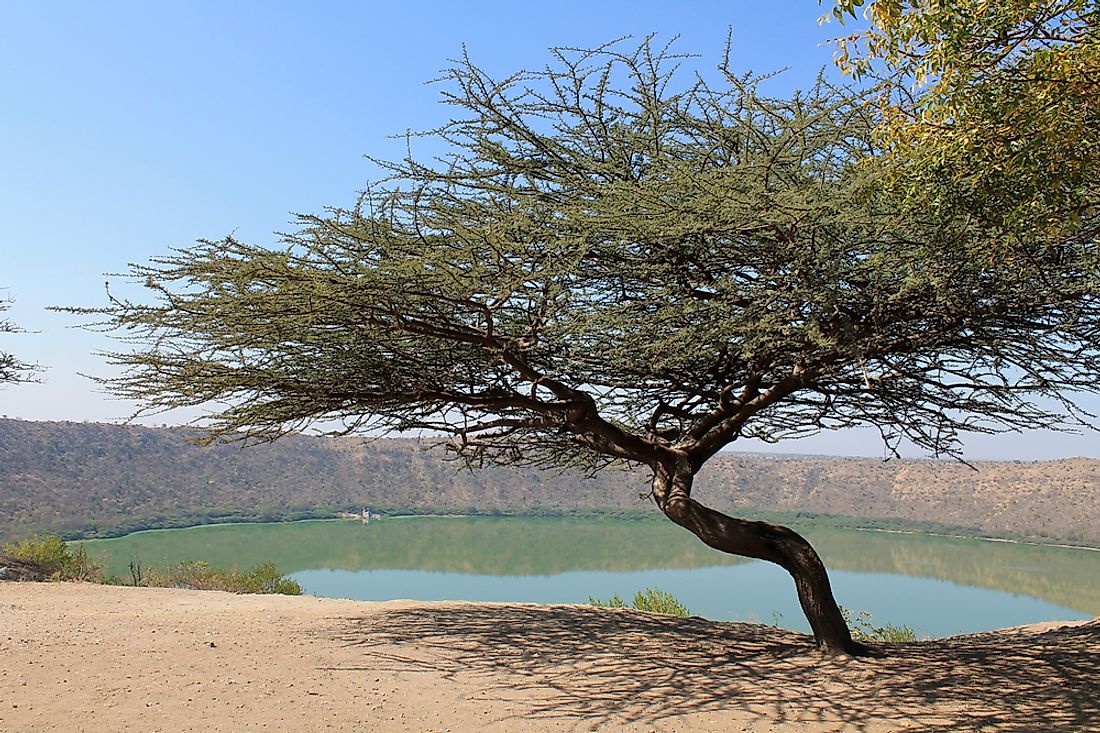
Meteorite lakes are formed in the depressions made on land by the impact of a meteor or asteroid crashing on to the Earth’s surface. Over the years, precipitation accumulates in the natural depression, creating a lake. The Lonar Crater Lake, a saline soda lake located in the Indian state of Maharashtra, is an example of a meteorite lake. A study of the sediments at the bottom of such lakes often yield valuable information about extraterrestrial objects.











